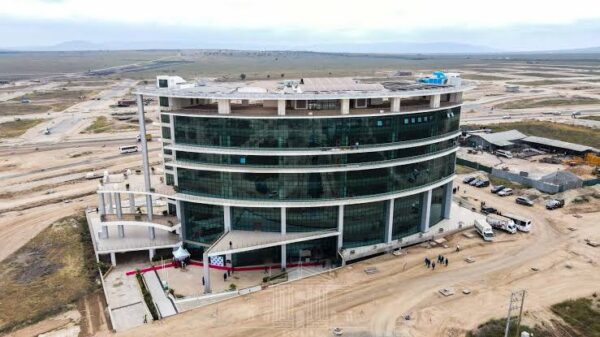NAIROBI, September 30 – The cost of living in Kenya has continued spiral despite pledges from the government to contain the situation.
Data from the Kenya National Bureau of Statistics on Tuesday showed inflation in the month of September had increased to 28.2 percent up from 27.6 percent recorded in August.
“The food and non alcoholic drinks index went up by two percent to 387.31 mainly due to an increase in the prices of rice, maize flour, beans among other food stuffs. A two-kilogram packet of rice increased fromSh233.64 to Sh249.81. The housing index also went up by two percent 177.78 mainly due to an increase in the cost of rent,” the report said.
The data is generated from 13 urban centres in the country and it is believed to be a reflection of the spending behaviour among Kenyans. It is collected in the second and third weeks of the month under review in order to maintain consistency in price variations.
The bureau observed that the underlying inflation, which excludes food items from the Consumer Prices Indices (CPI) basket, rose from 13.1 percent in August to 13.3 percent.
The data comes in the wake of calls to the government to review the method of calculating inflation.
The Fixed Income Manager at Old Mutual Ronald Alembo later explained that Kenya had been measuring inflation using 1997 as the base year although the Bureau of Statistics had announced plans to change this to 2006.
He projected that once the change was implemented, it would have a significant impact in the reduction of inflation figures.
Mr Alembo however pointed that the Central Bank of Kenya needed to address the inflationary pressure accordingly.
On Monday however, the CBK expressed optimism that the economic recovery that has been realised in the last few months would dampen the pressures, which it maintained had been caused by the supply constrains.
It disclosed that it would retain the rate at which banks lend to each other at nine percent to enable the bank deepen its open market operations to effectively manage liquidity.


































